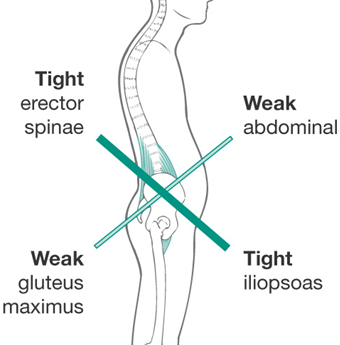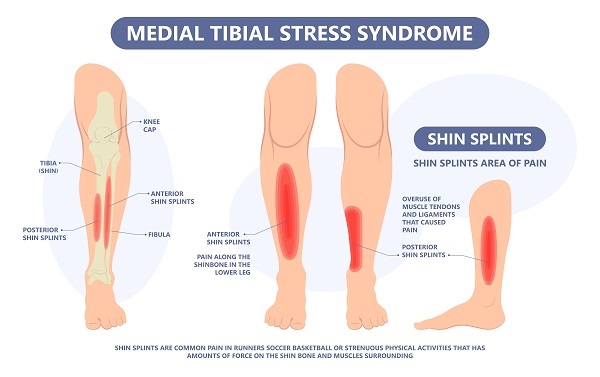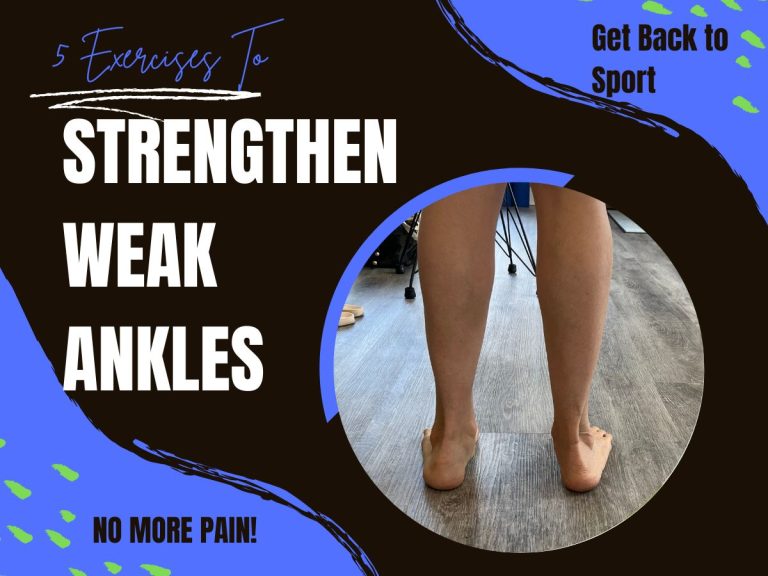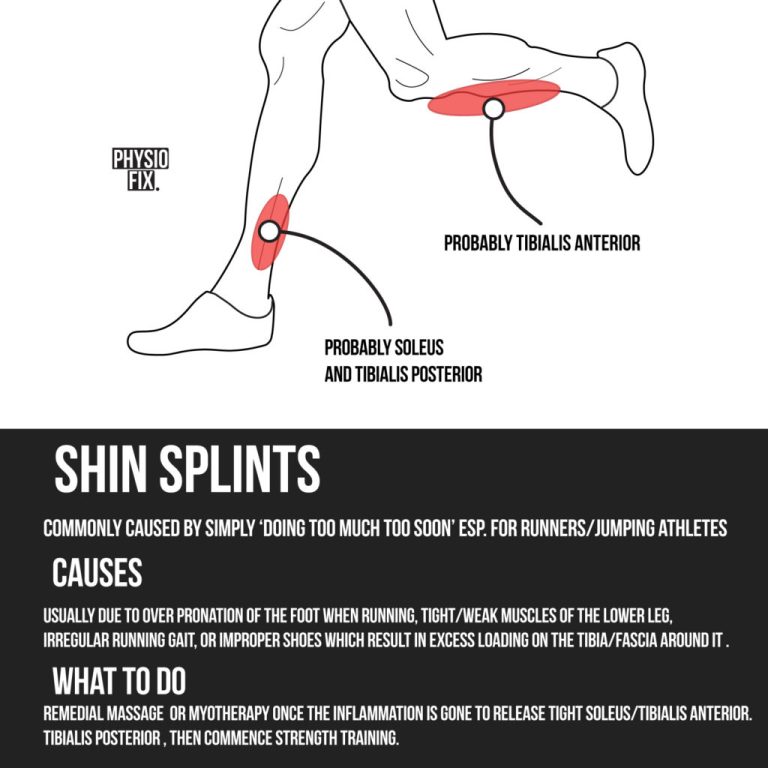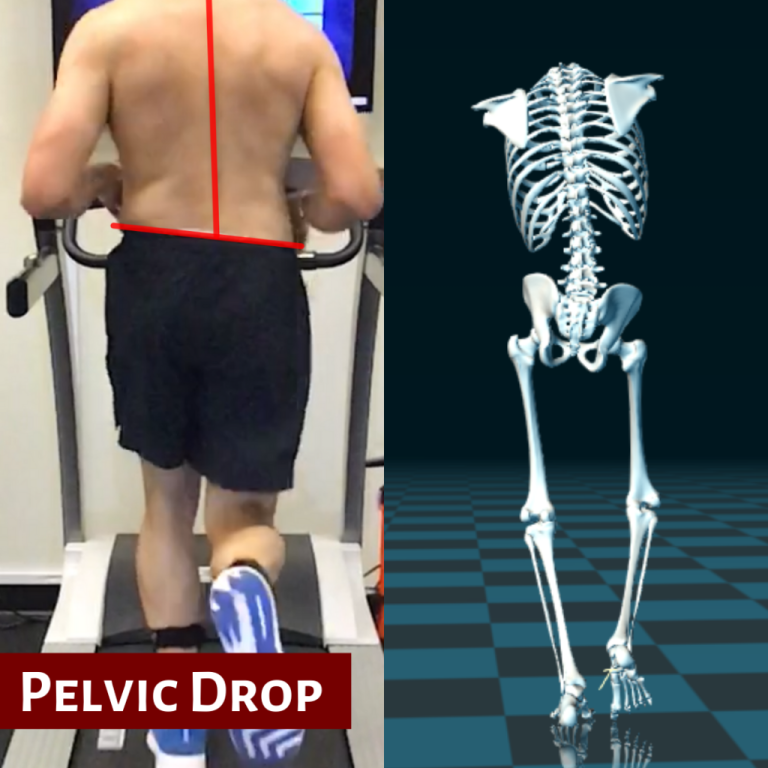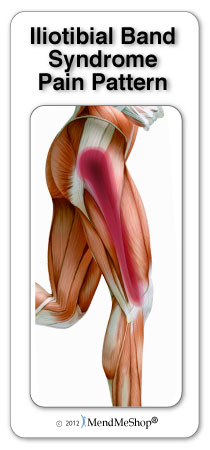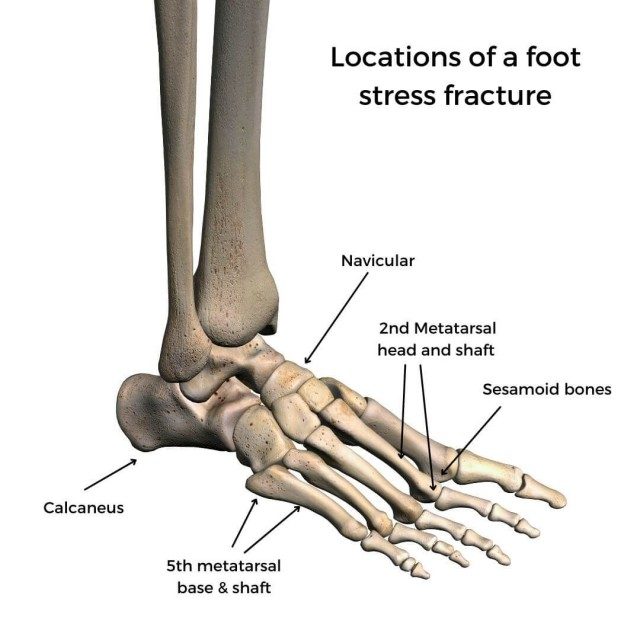How to Identify And Correct Tight Flexors After Running
To identify and correct tight flexors after running, pay attention to pain in hip area. Stretch hip flexors regularly to alleviate tightness and improve flexibility for a smoother run.
Tight flexors can lead to discomfort and decreased performance. By addressing this issue effectively, you can enhance your running experience and prevent potential injuries. Understanding the signs of tight flexors and taking proactive measures can optimize your running routine and overall physical well-being.
Let’s delve into the importance of recognizing and addressing tight flexors after running for sustained comfort and performance.
Common Signs Of Tight Flexors
Identifying and correcting tight flexors after running is essential to prevent injuries and improve performance. Tight flexors can cause discomfort and impact your range of motion. By recognizing common signs of tight flexors, you can take appropriate measures to address the issue and enhance your running experience.
Muscle Soreness
Muscle soreness after running is a common indicator of tight flexors. If you experience persistent soreness in the hip flexors, quadriceps, or lower back, it may be a sign of tightness. This discomfort can affect your overall well-being and hinder your performance. Addressing the underlying tightness can help alleviate muscle soreness and promote better recovery after running.
Decreased Range Of Motion
Decreased range of motion in the hip joints and lower body can signal tight flexors. If you find it challenging to move your legs freely or struggle with flexibility during running or other activities, it may be due to tight hip flexors and surrounding muscles. Improving flexibility through targeted stretches and exercises can enhance your range of motion and prevent potential injuries.

Credit: www.issaonline.com
Effects Of Tight Flexors On Running Performance
Having tight flexors can significantly impact your running performance. Tight flexors can lead to reduced efficiency and an increased risk of injury. Understanding the effects of tight flexors on running performance is crucial in identifying and addressing this issue.
Reduced Efficiency
Tight flexors limit your range of motion, restricting your stride length and efficiency while running. This can result in decreased speed and endurance.
Increased Risk Of Injury
When your flexors are tight, other muscles compensate during running, leading to imbalances and overuse injuries. It can also cause issues like knee pain and hip problems.
Stretching Exercises To Loosen Tight Flexors
Tight flexors can cause discomfort and potential injury after running. Stretching exercises are vital to loosen tight flexors and enhance flexibility, leading to better performance and reduced risk of injury.
Hip Flexor Stretch
Begin in a lunge position, keeping your back knee off the ground. Lean forward slightly to feel a stretch in the front of your hip. Hold for 20-30 seconds on each side.
Quad Stretch
Stand upright and grab your ankle, pulling your heel towards your glutes. Keep your knees close together and hold for 20-30 seconds. Repeat on the other side.
Psoas Release
Lie on your back with a foam roller under your lower back. Slowly roll up and down to release tension in the psoas muscle. Perform for 1-2 minutes.
Strengthening Exercises To Correct Tight Flexors
Strengthening exercises are essential for correcting tight flexors after running. By targeting specific muscle groups, these exercises can help alleviate tension and improve flexibility. Incorporating glute activation and core strengthening exercises can be particularly beneficial in addressing tight flexors. These exercises can help improve posture, prevent injuries, and enhance overall running performance.
Glute Activation
Incorporating glute activation exercises is crucial for correcting tight flexors. Strong glutes can help to alleviate the strain on the hip flexors. Performing exercises such as hip thrusts, glute bridges, and clamshells can effectively activate the glute muscles. By engaging the glutes, the tension on the hip flexors is reduced, promoting better flexibility and mobility.
Core Strengthening
Core strengthening exercises play a vital role in addressing tight flexors. A strong core can support proper posture and alignment, reducing the strain on the hip flexors. Utilizing exercises like planks, Russian twists, and mountain climbers can help strengthen the core muscles, alleviating tension on the hip flexors and promoting greater stability during running activities.
Preventing Tight Flexors In The Future
Identifying and correcting tight flexors after running is crucial in preventing future issues. By focusing on proper warm-up, stretching, and strengthening exercises, you can keep your flexors loose and avoid discomfort during and after your runs.
Proper Warm-up Routine
One of the best ways to prevent tight flexors in the future is by incorporating a proper warm-up routine before your runs. A warm-up routine helps to prepare your muscles and joints for the demands of running, reducing the risk of injury and tightness.
Here’s a simple warm-up routine that you can follow:
- Start with a brisk walk for 5-10 minutes to increase blood flow and gradually raise your heart rate.
- Next, perform dynamic stretches that target the major muscle groups involved in running, such as the quadriceps, hamstrings, calves, and hip flexors.
- Include exercises like leg swings, lunges, high knees, butt kicks, and ankle rotations in your warm-up routine.
- Finally, do some light jogging or easy running for a few minutes to further warm up your muscles and prepare them for the upcoming run.
By incorporating a proper warm-up routine into your running regimen, you’ll not only help prevent tight flexors but also improve your overall performance.
Gradual Increase In Intensity
Another important factor in preventing tight flexors is gradually increasing the intensity of your runs. Sudden increases in mileage or speed can put stress on your muscles and lead to tightness.
Here are a few tips to help you gradually increase the intensity:
- Follow the 10% rule: Increase your mileage or speed by no more than 10% each week. This allows your muscles to adapt and minimize the risk of tightness.
- Listen to your body: Pay attention to any signs of fatigue or discomfort during your runs. If you start experiencing tightness, take a step back and rest before pushing yourself further.
- Include rest days: Rest days are crucial for your muscles to recover and repair. Make sure to incorporate rest days into your training schedule to prevent overuse and tightness.
- Consider cross-training: Incorporating other forms of exercise, such as swimming or cycling, can help to reduce the impact on your muscles while still maintaining your cardiovascular fitness.
By gradually increasing the intensity of your runs and listening to your body’s cues, you can prevent tight flexors and continue to enjoy your runs without any discomfort.

Credit: www.pinterest.com
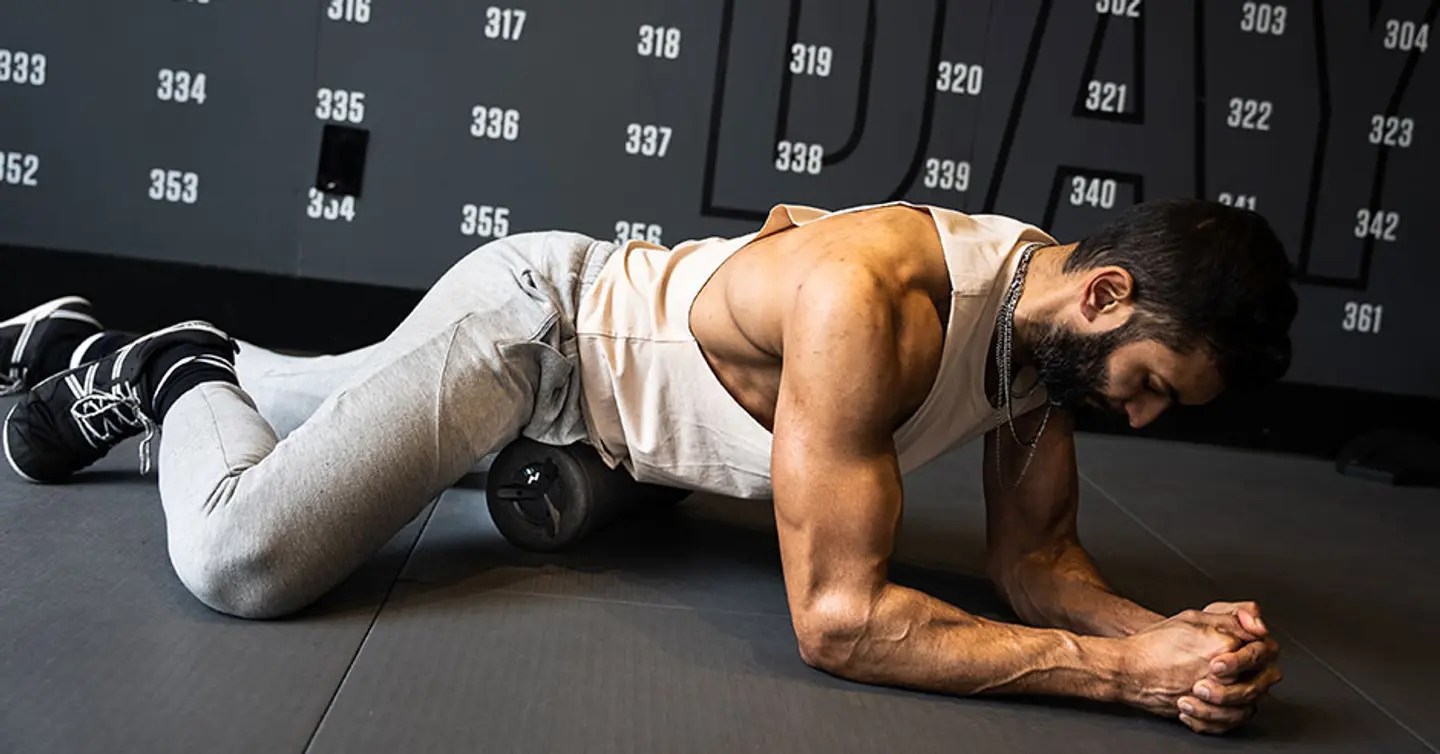
Credit: www.issaonline.com
Frequently Asked Questions For How To Identify And Correct Tight Flexors After Running
How Can I Identify Tight Flexors After Running?
Tight flexors can be identified through symptoms such as hip pain, limited range of motion, and muscle stiffness.
What Are The Potential Causes Of Tight Flexors?
Tight flexors can be caused by overuse, improper running form, muscle imbalances, and inadequate warm-up or stretching routines.
How Can I Correct Tight Flexors After Running?
To correct tight flexors, you can include exercises that stretch and strengthen the muscles, practice proper running form, and incorporate regular rest days into your training routine.
Conclusion
Identifying and addressing tight flexors after running is crucial for preventing injuries and improving overall performance. By incorporating regular stretching and strength exercises, runners can effectively alleviate tightness, enhance flexibility, and sustain healthy muscle function. Proper self-awareness and consistent self-care routines are key to maintaining a balanced and injury-free running experience.

